5 times classic brands were revived successfully (and 2 when it was a disaster)
Can a dead brand be brought back to life? In the month that Toys R Us (which went bankrupt in 2018) relaunched in partnership with Target, the answer is clearly 'yes'. But that yes needs to be a qualified one.
The history of branding is littered with attempts to resuscitate ailing brands, and while it's easy to generate headlines at the time, it's by no means guaranteed you'll succeed over the longer term. In this post, we look at some of the best examples of how to revive a brand, plus a couple when it all went wrong, and pull out some of the main lessons for branding in general.
01. Old Spice

The problem: By 1990, Old Spice seemed like a brand that would never again be considered 'cool'. The men’s fragrance, which first launched in the 1930s and had become hugely popular in the 1960s and 1970s, was now associated with the ageing 'medallion men' of that era, and the butt of endless jokes.
In short, no self-respecting young man wanted to go near Old Spice. But new owners Procter & Gamble were determined to attract a new generation to the brand. So how did they go about it?
The solution: Rather than targeting adults who saw Old Spice as old hat, they went straight for the teen market: kids who hadn’t even been alive during its heyday. That way, they were starting with a clean slate.
P&G expanded the brand to include washes and deodorants, and worked hard to associate it with sports and health, handing out free samples and promo swag for school health classes, high school games and skate-park events. They also radically improved the product itself, tackling the residue issues of old so that it no longer left tell-tale stains following application.
All this work was complemented by the work of ad firm Wieden and Kennedy, who created fun, youth-oriented campaigns such as Swagger in 2008, and the award-winning The Man You Wish Your Man Could Smell Like in 2010 (below).
Daily design news, reviews, how-tos and more, as picked by the editors.
This was the point that most older people started to notice Old Spice again, and many assumed its revival was due to the ads alone. But in fact, it had been the leading brand in the US market for some years already.
Lesson learned: A brand revival isn't just about having a hit commercial, even if it might seem so to consumers. Typically, as in the case of Old Spice, it’s only through a larger marketing effort, over a succession of years.
02. Lego
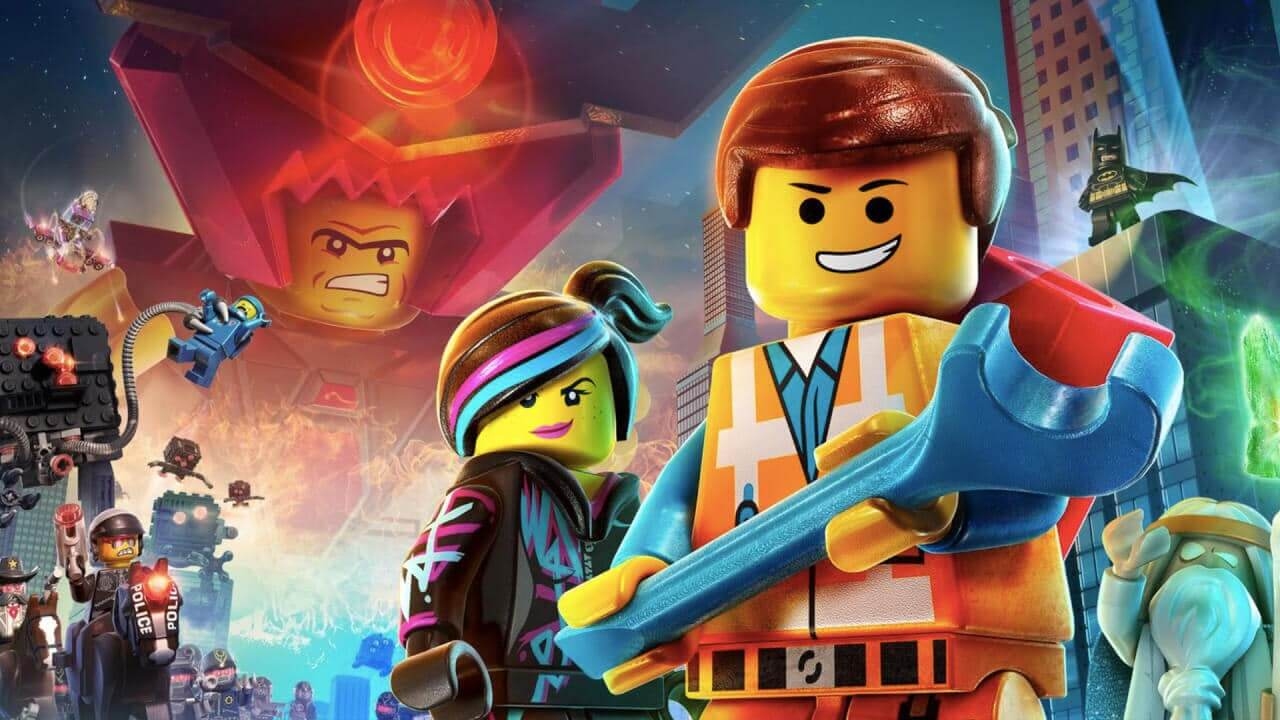
The problem: It seems weird to say it now. But back in 2003, Lego was in crisis, with $800m of debt and sales down year-on-year by 30 per cent.
The solution: Lego's saviour was new CEO Vig Knudstorp, who’s been dubbed the ‘Steve Jobs of toys’. Part of his strategy was simplification: selling off its loss-making theme parks to Merlin Entertainment, and halving the number of individual pieces Lego produced, for example.
More significantly, though, Lego began engaging deeply with its fan community; something they had never been done before. Most importantly, Lego started crowdsourcing, promising those who suggested winning ideas one per cent of their product’s profits.
This not only meant fans felt valued and engaged with, but it resulted in a continuous series of new and commercially successful products, including sets based on Back to the Future, Ghostbusters, Minecract, and the ninja-themed Lego Ninjago line. From 2008 to 2010 the company’s profits quadrupled, even outstripping Apple’s.

Lego had always been about creativity and unleashing the imagination. Harnessing the creativity of its most ardent fans led to an unprecedented period of product innovation, and ensured that the brand would become increasingly popular and valued by generations to come.
Lesson learned: Your fans are your greatest resource. Use them (or lose them).
03. Polaroid
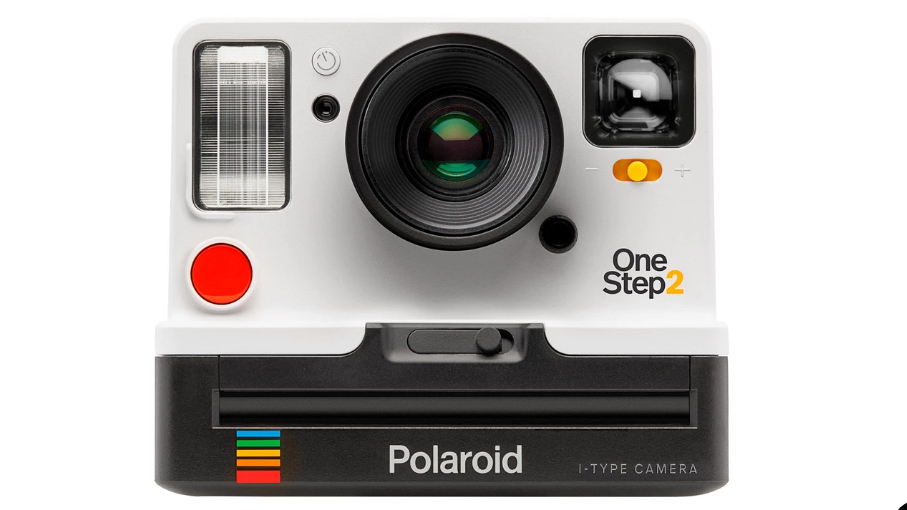
The problem: Back in the 1960s and 1970s, if you took a photo, you’d have to wait days, weeks even, for it to be developed. It was for this reason that Polaroid’s instant camera, which printed out your photos mere moments after you’d taken them, was a must-buy device for sociable and outgoing youngsters.
However, once digital cameras became popular in the 2000s, the instant version seemed suddenly redundant. And sure enough, in 2008, Polaroid filed for bankruptcy and announced it would cease production of its films and cameras.
The solution: Although the original company was gone, the brand was acquired by the Dutch company Impossible Project. In 2017 it renamed itself Polaroid Originals. And since then, it’s managed to revive the Polaroid brand and make a commercial success of it once more.
The company manufacturers its own instant cameras and film, and while they use the latest technology, from the consumer’s point of view the operation remains basically the same. So how did they manage to succeed where the original firm had failed?
Essentially the answer comes in two parts. Firstly, unencumbered by the original firm's massive debts, they were able to operate at scaled down level that’s fully sustainable. But secondly, it’s essentially been a question of time and patience.

What is embarrassingly outdated and unfashionable one year, suddenly becomes retro and hip a few years down the line. It's happened to vinyl, it’s currently happening to cassettes, and it’s also happened to Polaroid. The thread that links all of them? A yearning for the physical and analogue in a world dominated by the invisible and digital. (And the showcasing of Polaroids on nostalgic shows like Stranger Things hasn’t done any harm either.)
Lesson learned: If the pull of nostalgia is powerful enough, you can go a long way on the maxim, ‘If it ain’t broke, don’t fix it.’ Keep your operation small and manageable, patiently wait for the trend cycle to renew itself, and a defunct brand can potentially be revived for a new generation.
04. Marvel

The problem: Marvel had once been king of the superhero comic. But in the 1990s, a general collapse in comic book sales, along with a string of bad business decisions, left it in dire straits and massive debt. In 1996 the Marvel Group filed for bankruptcy, which prompted a nasty two-year court battle for control of the company.
The solution: Once things were settled, new CEO Joseph Calamari turned his attention to a new strategy: targeting the movie business. In retrospect, rarely has a company made a smarter move.
In the early days of 21st century Marvel movies, though, that wasn’t so obvious. Although the Blade, X-Men and Spider-Man movies were successful, the box office wasn’t anything to write home about. And even worse, Marvel itself made shockingly little from licensing its properties. Of the $70m revenue that Blade generated, for example, it took home a measly $25,000.
In 2003, talent agent David Maisel suggested to Marvel that they produce the films themselves. This would give them financial and artistic control, and let them crossover characters from movie to movie. With backing from Merrill Lynch, Marvel reacquired the characters they’d licensed to others, and began work on the first Iron Man movie.
Released in 2007, Iron Man made $585m, and kickstarted what's since become the biggest franchise in movie history. Two years later, Disney came knocking, with an offer of $4.3bn. That seemed like an eye-watering amount at the time, but from today’s vantage point, it actually seems like a bargain: the recent Avengers: End Game alone pulled in $2.8bn (and rising).
So why have Marvel movies been so successful across the last decade, given that most of the characters, other than the Hulk, were previously unknown outside the comic fan community?
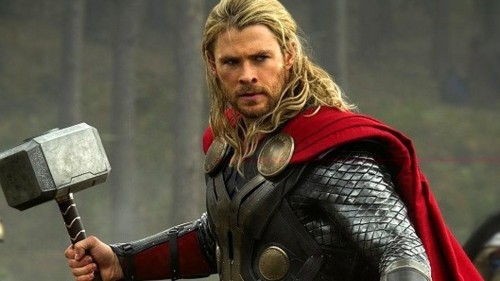
Key has been the concept of the Marvel Cinematic Universe, which saw characters appearing across multiple movies, in a way that essentially makes every film like an episode of a TV series... just one that you have to go to the cinema to see. (DC, in contrast, keeps using different actors for the same characters across its movies and TV shows, breaking all continuity).
Marvel’s also been smart in eschewing A-list actors and directors, whose egos can often get in the way of smart decisions, and whose salary demands can eat into budgets. (Chris Hemsworth, in contrast, got just $150,000 for the first Thor movie.) Meanwhile, the partnership with Disney ensured the franchise was on a sound financial footing, and added all the marketing, production and merchandising experience of the world’s biggest entertainment company.
But perhaps the best thing Marvel has done is to believe and trust in its brand. In stark contrast, Sony had the chance back in 1998 to buy ALL of the Marvel characters for a minuscule $25million. But they rejected the offer, and instead paid $10million for Spider-Man alone, telling negotiators: “Nobody gives a sh—about any of the other Marvel characters.” Marvel knew different.
Lesson learned: Believe in your brand and stick to your guns. You'll constantly encounter naysayers, because it's easier to hate than create. But be patient, trust your audience, and in the end you'll have the last laugh.
05. Nintendo
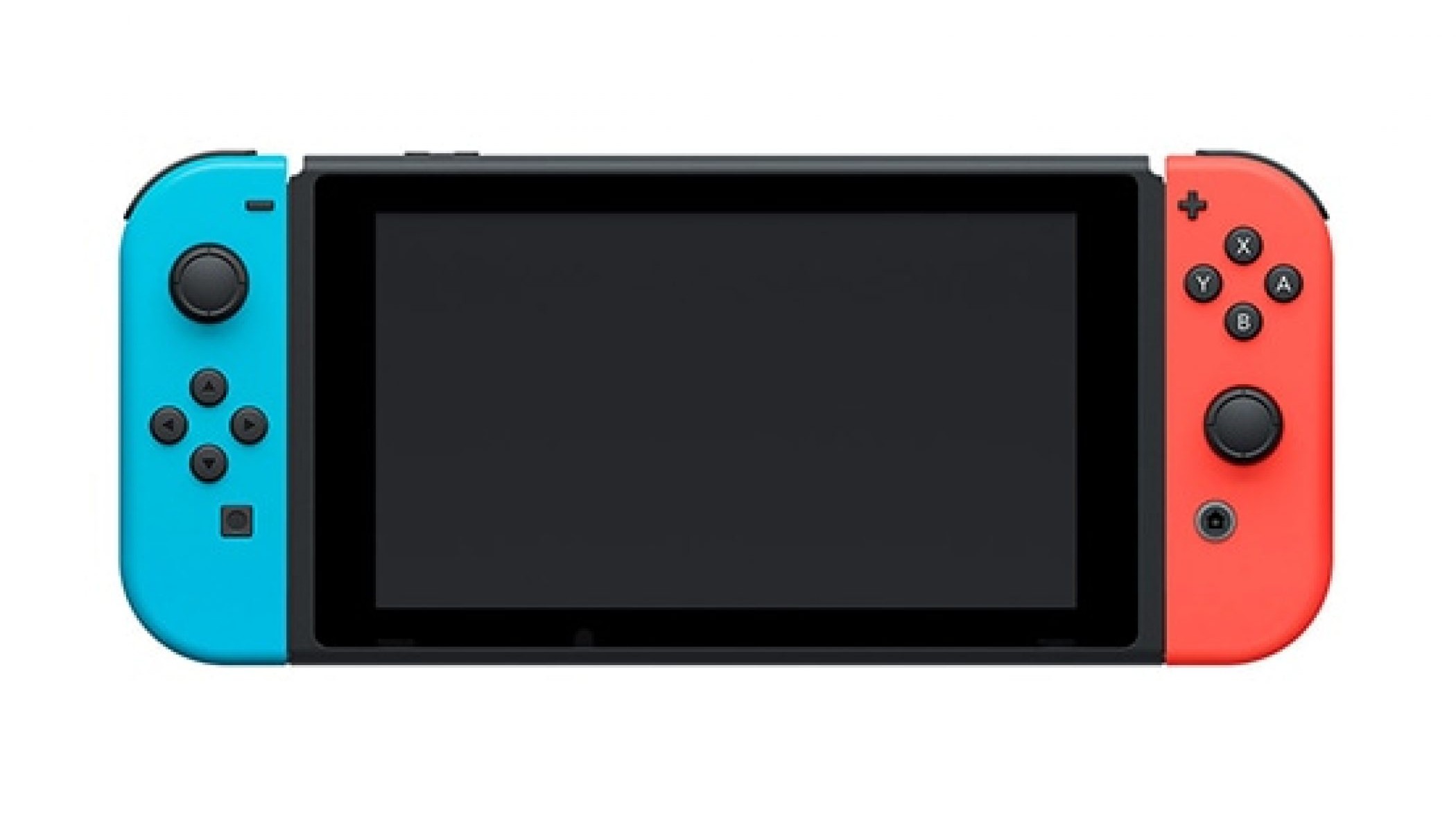
The problem: Originally launched in 1889 as a playing card company, Nintendo dominated the world of video game consoles in the 1980s and 1990s with products like the Game Boy and SNES (Super Nintendo Entertainment System). By 1995, it had sold one billion game cartridges worldwide, 10 per cent of those being Mario games.
But consumer tech moves fast, and in the 2000s Sony and Microsoft’s superior PS2 and Xbox sent the company reeling. Nintendo’s response, the Gamecube, was poorly received and sent the brand into third place for market share.
The solution: With no DVD player, no online capabilities and generally poor titles, the Gamecube was never going to compete with what was dubbed the ‘next generation of consoles’. It also looked kind of dumb.
At this point, Nintendo could have doubled down, and tried to improve its tech to catch up with Sony and Microsoft. But instead they decided to retreat, rethink, and come up with something completely different: the Nintendo DS.
This little handheld device was initially met with ridicule, but it and its successors turned out to be an incredible success. It also gave Nintendo the confidence to experiment further, launching the Wii, whose motion senor controls heralding a whole new type of gaming.

The commercial and cultural success of both devices lay in charting a “third way” between games aimed at children and those aimed at hardcore adult gamers. Carving out a whole new niche of “casual gaming”, which attracted adults of all ages (the kind who previously would have said “I’m not into video games”), Nintendo successfully reinvented its entire brand for a new era.
Lesson learned: When competitors enter the market and do what you’re doing, better, you don't always have to confront them head on. Sometimes it’s sometimes best to pivot into a completely new market instead.
The examples of Old Spice, Lego, Polaroid, Marvel and Nintendo all show that it's possible to bring back a classic brand to life. But that doesn’t mean it's going to be easy, or that success is guaranteed. These two examples show how even the best-known brands can sometimes prove un-revivable...
MySpace
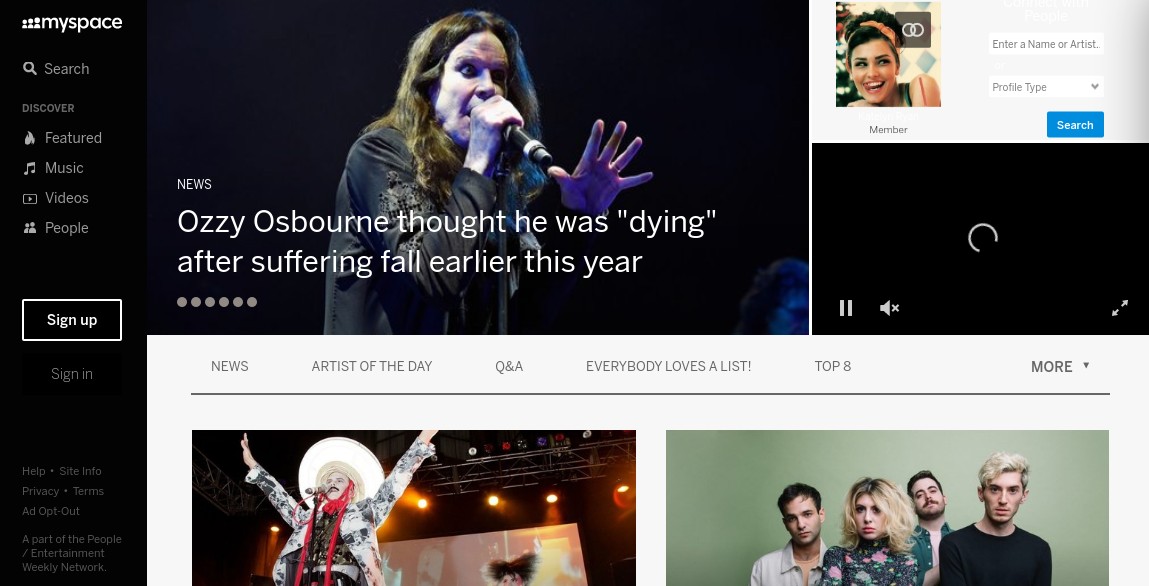
The problem: Launched in 2003, MySpace was many people’s first ever experience of social media. By 2006, it had became the most visited site in the US, and helped launch stars such the Arctic Monkeys and Lily Allen. In 2005, Rupert Murdoch's News Corp bought it for $580 million.
So what happened? Facebook happened. MySpace became a desert as its users flocked to Mark Zuckerberg’s superior version of “digital crack”, and in 2011, Murdoch unloaded it at a fire-sale price of $35 million.
The attempted solution: The common wisdom at the time was that an “old media guy” just didn’t understand the internet, or what young people wanted. So when the site was bought by Justin Timberlake's Specific Media Group, and relaunched with a cool redesign, a new focus on music, lots of publicity and multiple celebrity endorsements, hopes were high. And indeed, what was called “Myspace 2.0” drew a high of 31 million visitors in its first weeks.
Ever since, MySpace has been quietly, gradually, getting its act together again, establishing itself as a platform, refocused on music and entertainment, and boasting 15 million monthly active visitors in 2016. People whispered that it might, just might, actually become cool again. Stranger things have happened.
But in 2019, disaster struck. MySpace announced it had accidentally lost every single piece of content uploaded to its site before 2016, including millions of songs, photos and videos, many of which simply didn’t exist anywhere else.
Whether you believed, as many conspiracy theorists did, that this was a purposeful act to cut costs, or bought the company’s explanation that it was due to a faulty server migration, this trust-decimating event has made it extremely unlikely MySpace will ever return to its former glory.
Lesson learned: Trust in a brand isn’t just about image: it has to be earned. It’s easy to squander the trust people have in you, but winning it back is just about the most difficult thing you can do.
Woolworths

The problem: Originally a division of the American F. W. Woolworth Company until its sale in the early 1980s, UK retail chain Woolworths was once a regular staple of the British high street, with 807 stores at its peak.
But in the 2000s, its traditional strategy of offering something for everyone, from CDs to its famed pic’n’mix sweets, failed to adapt to a rapidly evolving retail world. The company went into administration in 2008, closing every single one of its stores overnight and putting 27,000 employees out of work.
The attempted solution: Believing there was huge public goodwill towards Woolworths, Shop Direct Group bought the brand and domain, and relaunched it as an online store in 2009. Yet ultimately, the attempt failed. Woolworths.co.uk was closed in 2015, with its URL instead redirecting to Very.co.uk.
Ultimately, the failure of the Woolworths brand highlights that what the public SAYS it wants isn’t always the same as what it ACTUALLY wants. In successive polls, Brits have said they’d like to see the return of Woolworths to the high street; but their actions suggest that they wouldn’t necessarily shop there if it did.
Lesson learned: Nostalgia alone isn’t enough to revive a brand. There has to be a compelling reason for its existence, which in an age of endless shopping opportunties, offline and online, Woolworths simply didn't have.

Tom May is an award-winning journalist specialising in art, design, photography and technology. His latest book, The 50 Greatest Designers (Arcturus Publishing), was published this June. He's also author of Great TED Talks: Creativity (Pavilion Books). Tom was previously editor of Professional Photography magazine, associate editor at Creative Bloq, and deputy editor at net magazine.
